I have previously written about cognitive biases and how to avoid them. In this post, I want to focus specifically on biases that impact product designers, product managers and startup founders. This post is based on a talk that I gave in Bengaluru at a product conference. So this post will contain slides interspersed with my commentary.
What’s a cognitive bias?
There are multiple definitions floating around the Internet, but I like the following one the most.
Cognitive bias is a systematic error in perception due to the environment that one is embedded into.
The word systematic is important here because it suggests that such kind of errors aren’t due to randomness. It’s not like you get biased because you’re careless or you forgot something. Bias occurs because your environment literally shapes the data that you get to observe. Imagine a cognitive bias to be like being born wearing rose tinted glasses, not ever knowing that these glasses colour your entire world pink and then fighting with everyone who disagrees with you.
If you consider yourself intelligent, know that being intelligent has very little to do with cognitive biases. In fact, intelligence makes it worse because your sharp intellect works on biased data to derive erroneous conclusions, but you don’t doubt your conclusions because you’re confident of your intelligence.
For example, humans for many thousands of years believed that the Earth was the center of the universe, and the sun and rest of the planets revolved around it.

We believed that because what we saw up in the sky was Sun rotating. It was an obvious conclusion – it didn’t occur to us that there are many (in fact, infinite) ways to explain an observation and what we see depends on how we see it.
Now the geocentricism belief seems laughable, but have sympathy because you’re likely to be under similar illusions in various different contexts. We rarely perceive reality as is.
There are two more examples of cognitive biases. One is of a trusting chicken that’s happiest just before it’s slaughtered.
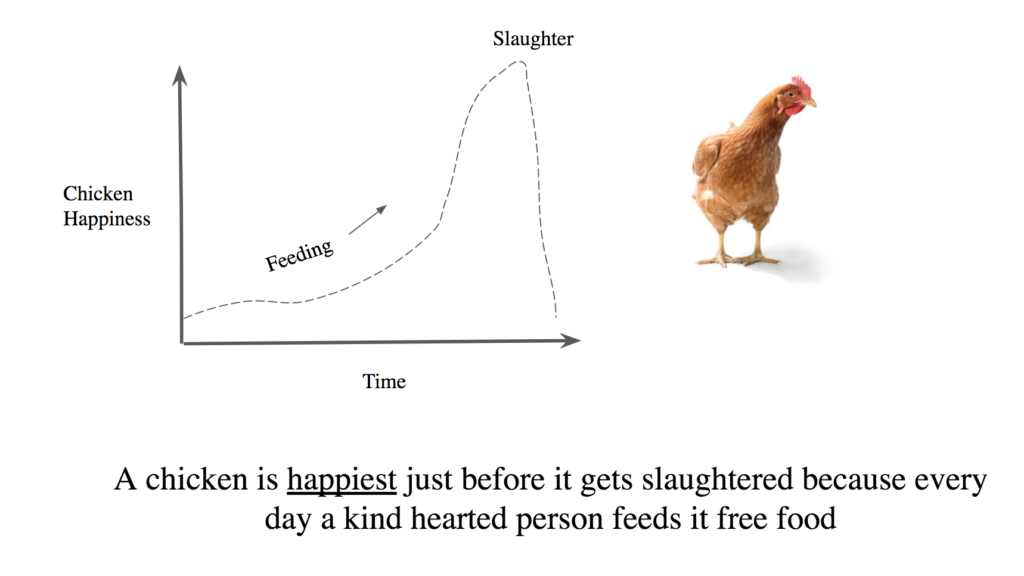
Another one is a cartoon on how our environment shapes what we hope for, and hence our conclusions.

Environment of a product manager / designer / founder
Since environment shapes reality, to understand what biases product managers face, we need to see what constitutes their environment. There are many aspects to it, but I’ve tried listing a few.
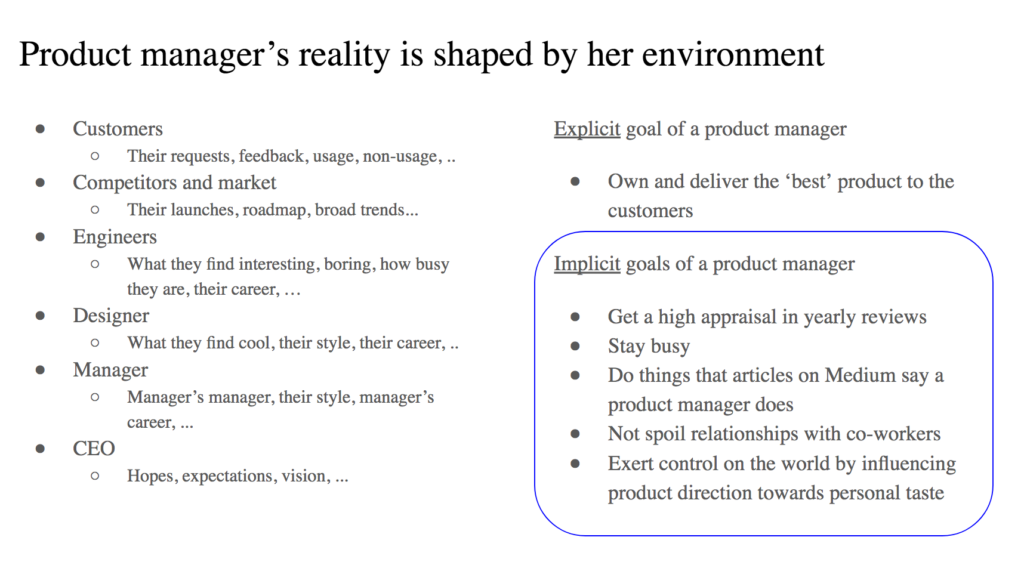
I find the implicit goals more interesting because those are the ones that nobody talks about. If you’ve ever worked in a company, you’ll know that they are there for sure, but it’s something that nobody would openly admit. And that’s what makes them dangerous. Because nobody even admits these implicit goals, the reality that gets shaped by them is pretty biased.
With all the context about cognitive biases and product manager’s goals, we’re ready to dive into product-specific biases. Note that when I say product manager, I really mean any professional tasked with building products.
Cognitive bias #1: confirmation bias during user interviews
One of the main sources of input to products is customer interviews. And this is what happens during these conversations.
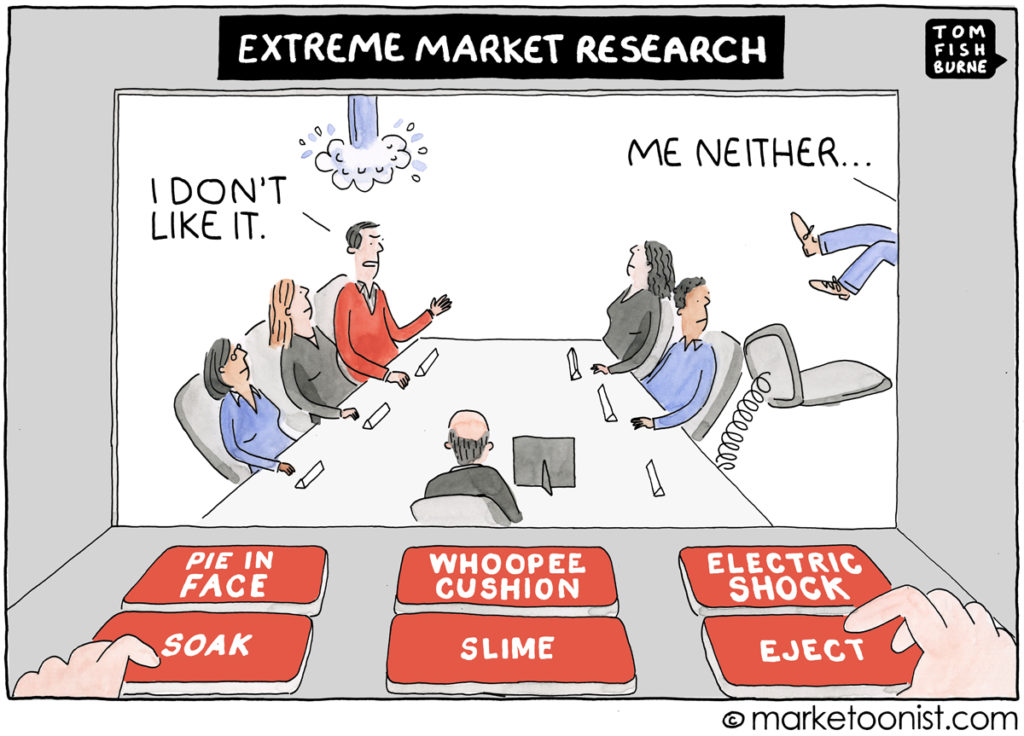
First, we ask loaded questions such as: “do you like this feature?” or “would you pick feature A or feature B?”. This puts the customer in a corner and she will say something. If you are having a one to one conversation with someone and ask them whether they like kangaroos or rhinos, they will give you some answer, even if they have never remotely thought about it.
People, including customers, are story tellers. Product folks often forget about it during interviews. One book that I highly recommend is The Mom Test by @robfitz.
By the way, confirmation bias comes up not just during interviews. It also happens when we research online: we see competitors launching features that we personally wanted to launch, we keep discovering AI / ML startups because we’re so excited about the idea or if we are in love with flat design, we see it everywhere.

Cognitive bias #2: efficiency bias for keeping engineers busy
This is a common bias because it pains to see teams sitting idle. Not just their managers, people themselves feel guilty if they’re not working.
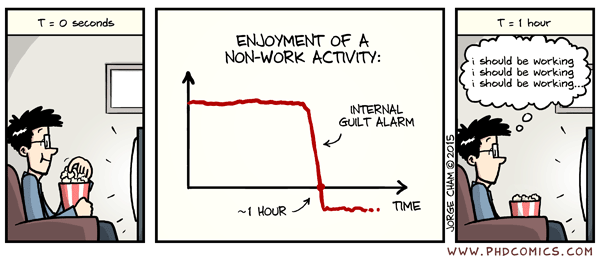
Being constantly busy works in a world where humans manufacture identical widgets, but for products that get built over time (software!), this urge to constantly add something new actually backfires. The drive for engineers to be busy leads to complicated products with unneeded features that slow down or complicate an otherwise usable product.

But this bias is special because even if you’ve identified it, the question remains: how would you convince your manager that you’re creating value by not working.
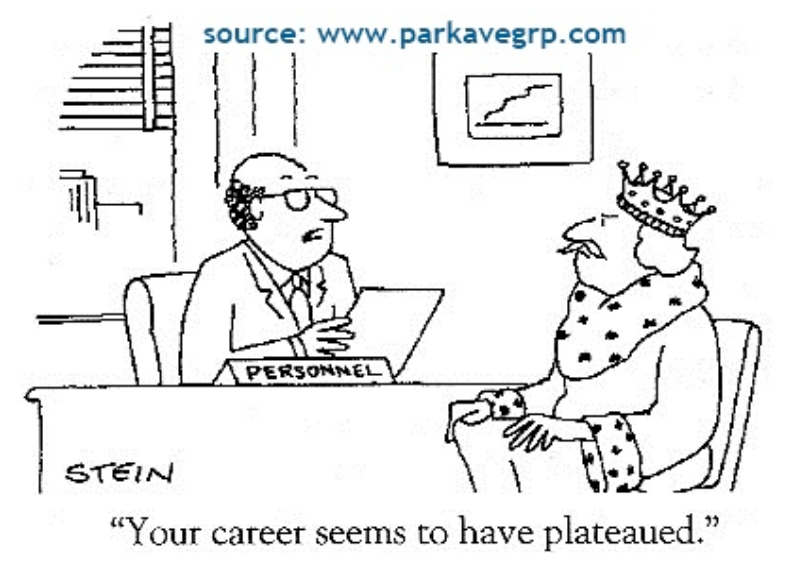
Cognitive bias #3: customer development bias that neglects moats
I’ve previously written about moats and what they are (in the article titled: how to create legal monopolies). I recommend reading that post, but if you’re short on time, know that moats are product or business features that make it hard for your customers to switch to a competitor. Moats are the only way a business can make profits over a long period of time (otherwise competitors drive profits to zero in an industry). Warren Buffet only buys businesses with moats.
Because moats make it difficult for customers to switch, you’d never hear customers asking you to build them.
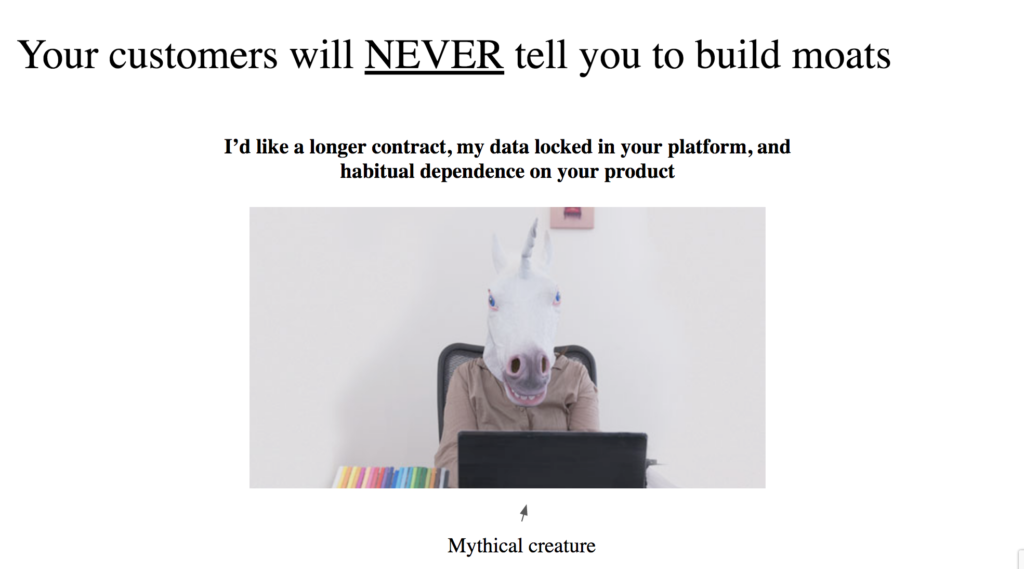
This is one of the mistakes I realize we made at VWO. We were so customer driven that we forgot that, in addition to creating customer value, we needed to build stuff that’d lock that value from being taken away by competitors.
Cognitive bias #4: selection bias that only selects for vocal customers
Most customers are busy living their lives, and your request for feedback or getting on a call is something they’d have to do at the expense of sipping a coffee after a hard day at work or scrolling through their Instagram or finishing their deadline driven project. People really are not very interested in talking with a business.
Try to remember your own experience filling in feedback after having dinner at a restaurant. Do you fill it seriously? Under what circumstances are you likely to provide feedback: a) when they seriously fucked up something; b) when everything was OK; c) when you’ve been blown away. Most of the customer experiences fall into (b) category while most of the feedback comes from (a) or (c) category. This biased selection of customers who give feedback leads to biased conclusions that lead to over-engineered, complex products.

Cognitive bias #5: complexity bias that reduces simplicity
Have you ever wondered why user interfaces go from simple to complex?

Every couple of years, a new software claims to revolutionize simplicity. Products like iPhone, Salesforce, Slack, Mailchimp, VWO: all were actually simple to begin with. But with time, they became more and more complicated. Why?
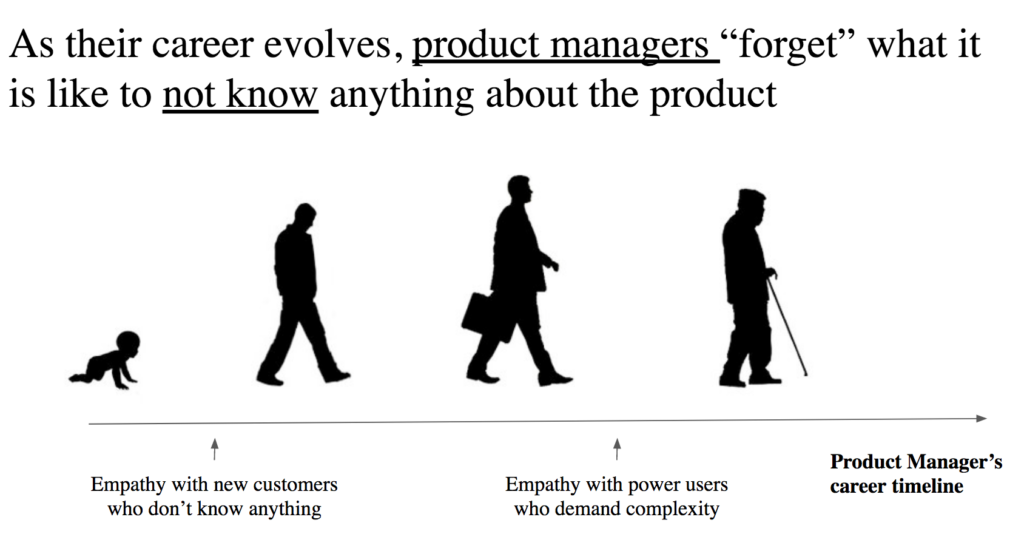
As you can see, when a new product manager / designer / founder starts with a product, she is interested in talking to all customers. All conversations are new to them. Over time, as her understanding gets better, she seeks out customers with evolved needs. She starts building ‘advanced features’ because ‘basic features’ are done. What happens in all this is that the product becomes complicated, and nobody in the company understands what it is like to use the product for the first time.
Cognitive bias #6: beauty bias that leads to bad design
To a man with a hammer, everything looks like a nail. Similarly, to a designer, everything looks like a design problem.
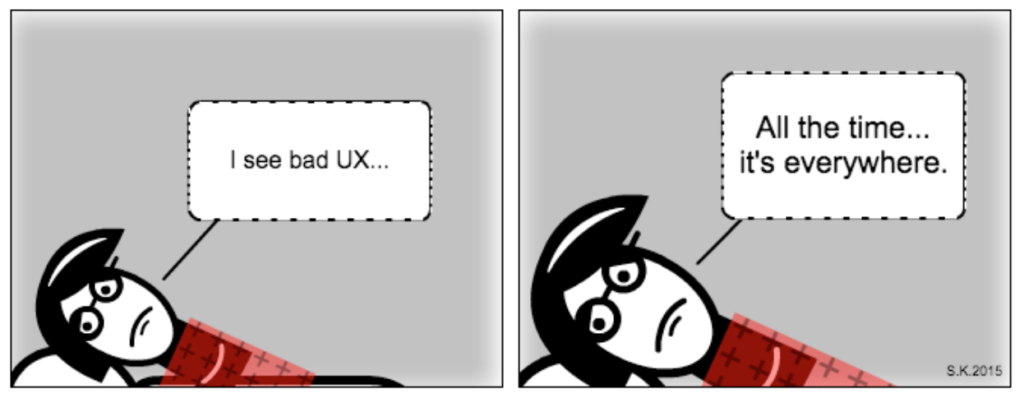
I’ve written about this bias much more extensively in another post (titled: when beautiful things are badly designed). The core idea is that the designers care about their taste and worldview much more than the customers’. Designers – usually inspired by Apple – like shiny and minimalist user interfaces when customers (especially enterprise ones) may actually want lots of options.

This over-interpretation by designers happens all the time.
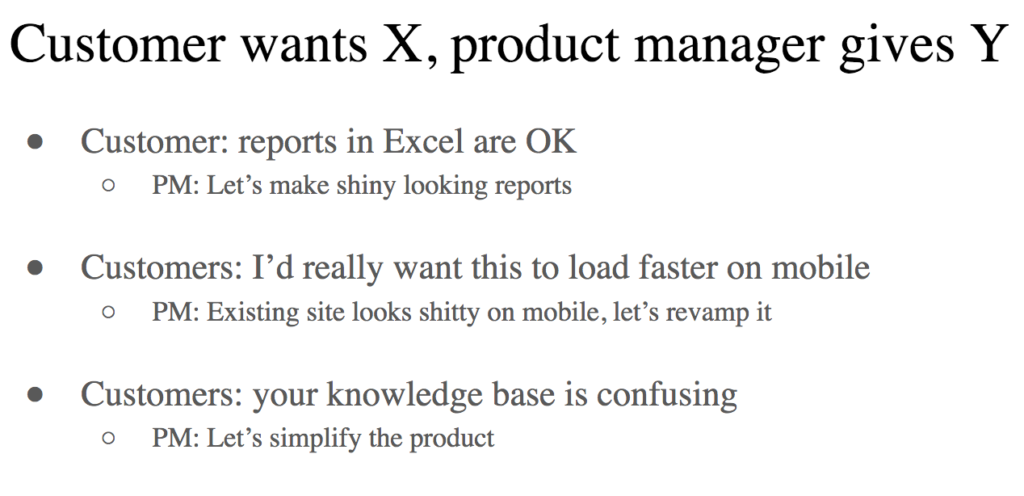
Summing it up
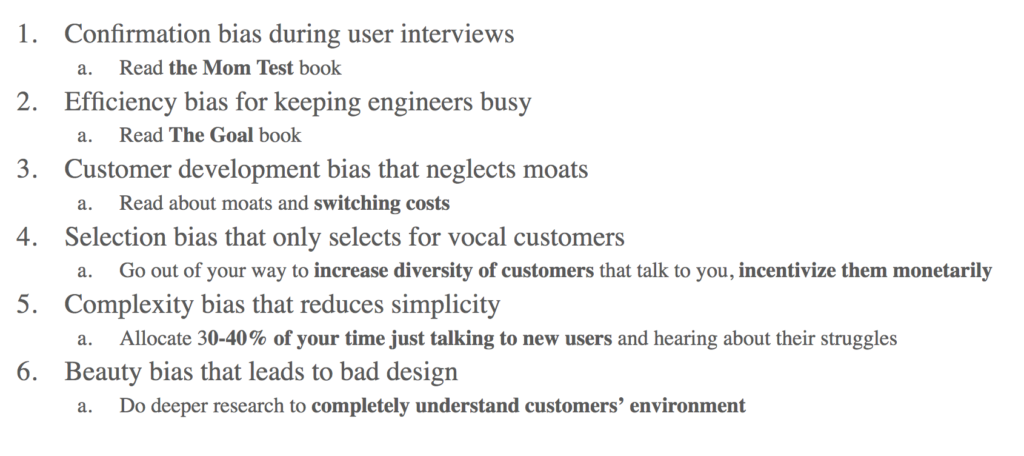
As a meta advice to all cognitive biases, remember to bind yourself to reality.
That’s all!
Join 200k followers
Follow @paraschopra